Top 10 Treadmills For Home 2022
The single easiest way to build fitness is to add walking or jogging as a consistent part of your workout routine that keeps you at home. But bad weather, busy schedules, and avoiding gyms because of COVID-19 are all real hurdles to getting in your exercise. The most important thing about contemplating a treadmill purchase? Knowing yourself and what you want out of the machine.
Rank
#1
Picture
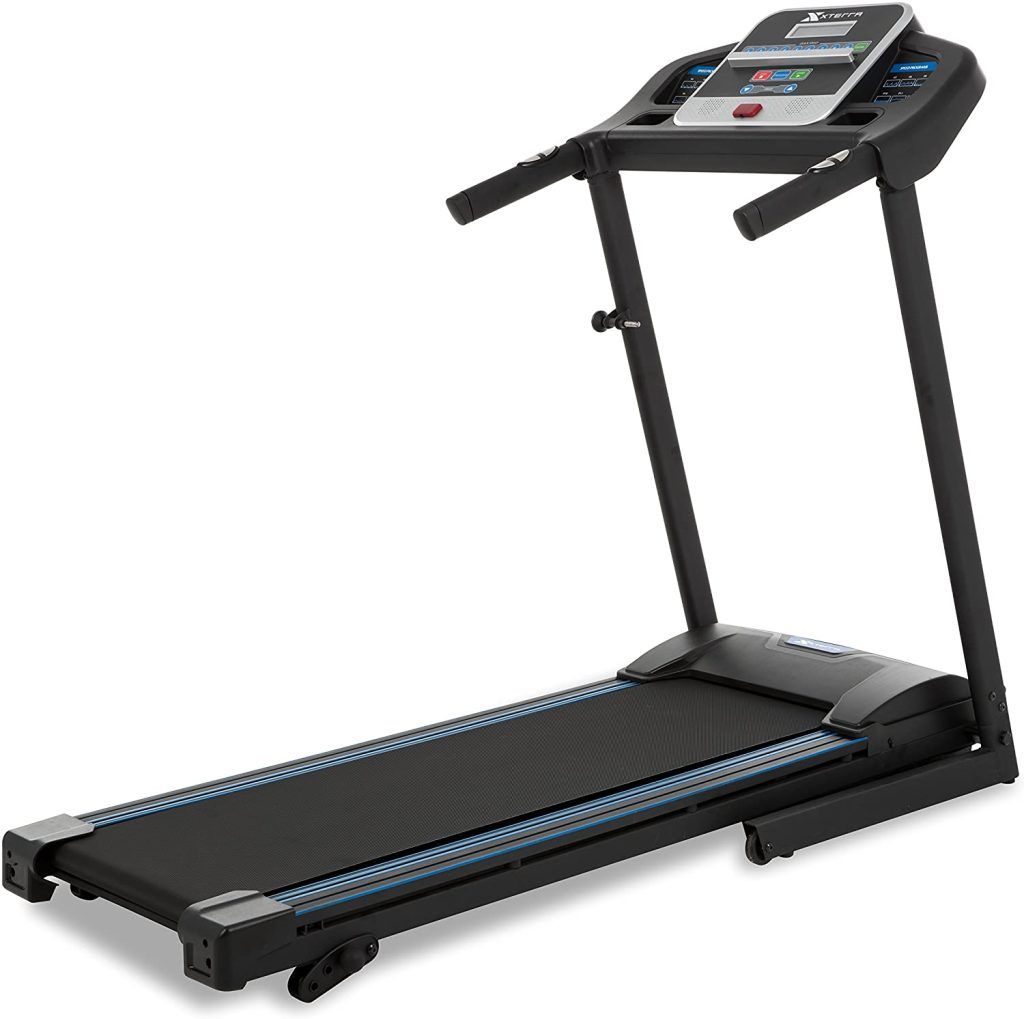
Name
Nordic Track T Series Treadmill + 30-Day iFIT Membership
- 30-Day iFIT Membership Included
- Innovative SpaceSaver design with EasyLift Assist means your treadmill can fold up after your run for compact, simple storage
- SMART-Response Motor for effective speed, interval, and endurance training
- 10% OneTouch incline control; 10 MPH SMART OneTouch speed control
- 300-pound user capacity
Rating

#2
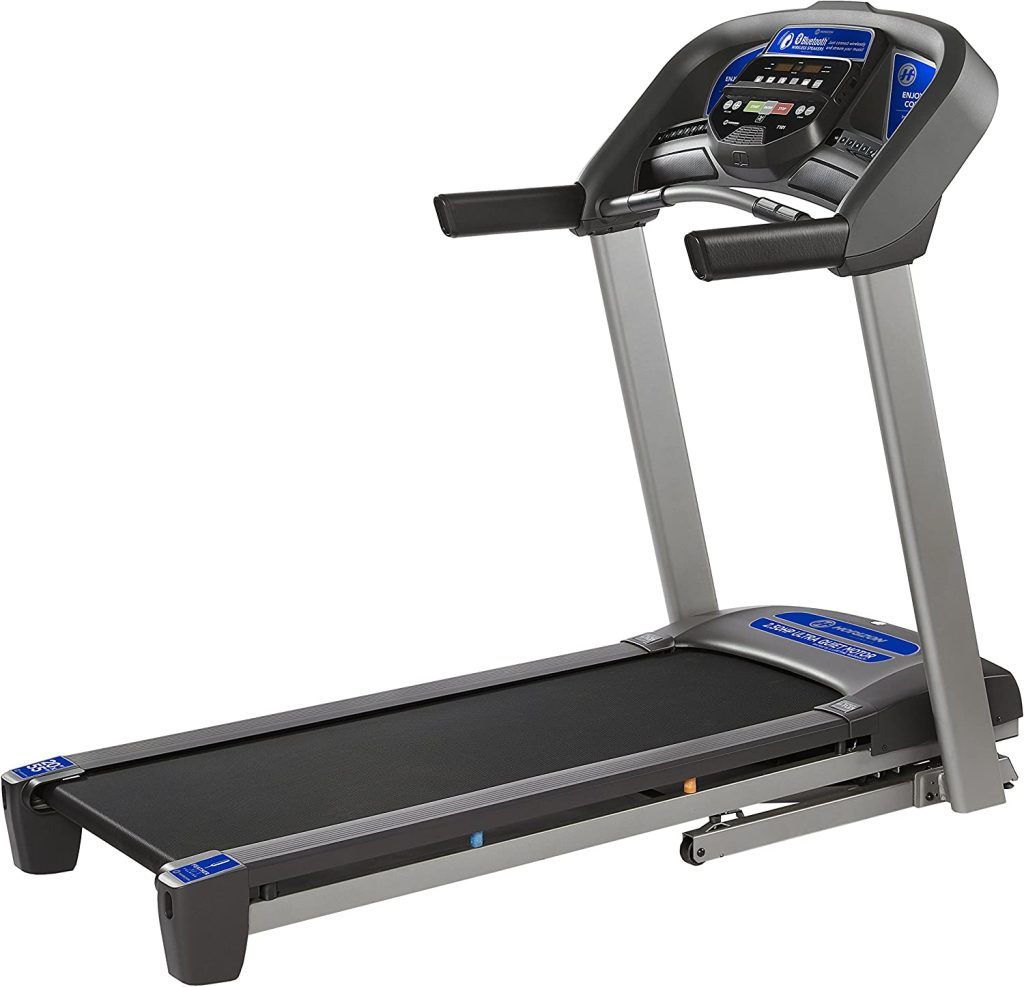
Horizon Fitness 7.0 at Studio Series Smart Treadmill with Bluetooth and Incline
- Horizon’s sturdy frame and components feature an ultra-quiet motor that runs at lower RPMs.
- Sync your phone or device to integrated speakers to stream media with crisp stereo sound.
- Ultra-Quiet & Durable Motor
- Compact, Responsive & Foldable Treadmill
- Best-Selling & Most-Reliable

#3

RHYTHM FUN Treadmill Folding Treadmill Desk Treadmill
- Super Shock-absorbing & Noise reduction Running Treadmill
- 66cm Large Wide Running Board & Belt
- Folding, space-saving treadmill, Needn’t Assembly!
- Multi-functional treadmill
- Heart Rate Foldable Handrail, Bluetooth Speaker, Smart workout APP

#4
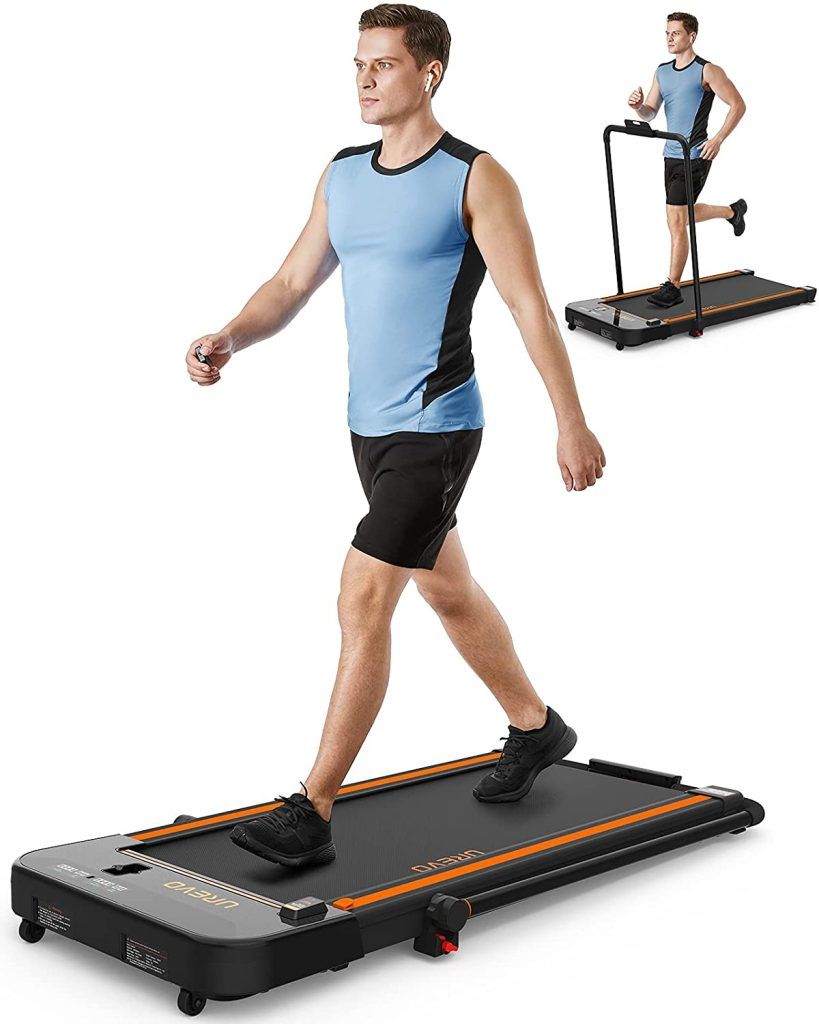
UREVO 2 in 1 Under Desk Treadmill, 2.5HP Folding Electric Treadmill
- UREVO Strol Lite 2 in 1 Folding Treadmill
- 16.9-inch Widened Running Belt
- The LED Display & Remote Control
- Non-assembly Design & Space Save Design

#5

XTERRA Fitness TR150 Folding Treadmill
- Large 16″ x 50″ walking/running surface accommodates users of many sizes and stride lengths
- Intuitive 5″ LCD display is easy to read and keeps you updated on speed, incline, time, distance, calories and pulse
- 12 preset programs and 3 manual incline settings offer unmatched variety for your workouts
- Easy pull knob releases the deck to fold or unfold for convenient storage when not in use

#6
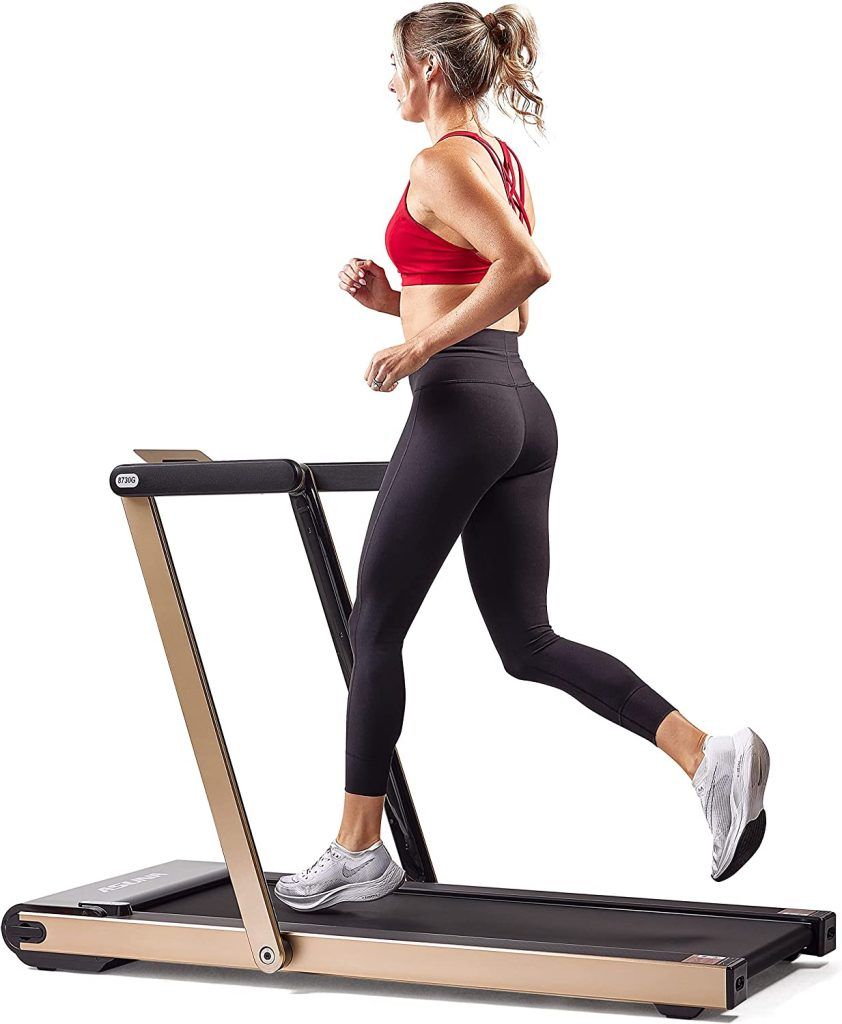
Sunny Health & Fitness ASUNA Premium Slim Folding Treadmill Running Machine with Speakers
- Watch your workout progress in real-time with the 4-window display.
- View your time, distance, speed, and calories burned all at the same time.
- This running treadmill can be easily and securely folded flat with the included folding key.
- Play Your Tunes With Integrated Speaker

#7
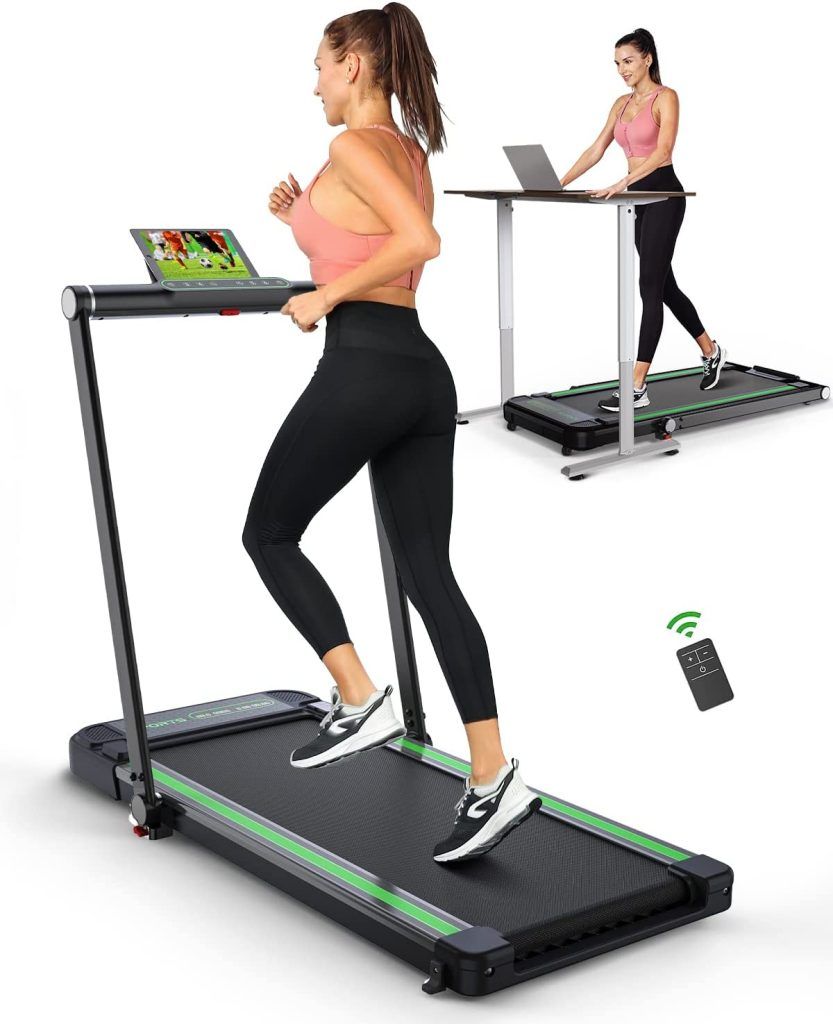
THERUN 2 in 1 Under Desk Treadmill, Folding Treadmill
- Supporting up to 265 lbs, this foldable treadmill is equipped with a non-slip ruuning belt and 8 shock absorption cushions under the running deck to help reduce the impact on your knees and ankle joints.
- Wide 43″ x 17″ Runway Area
- Real-time data display
- Speed can be adjusted using the control panel or the remote control.
- Assembly-free Compact Design

#8
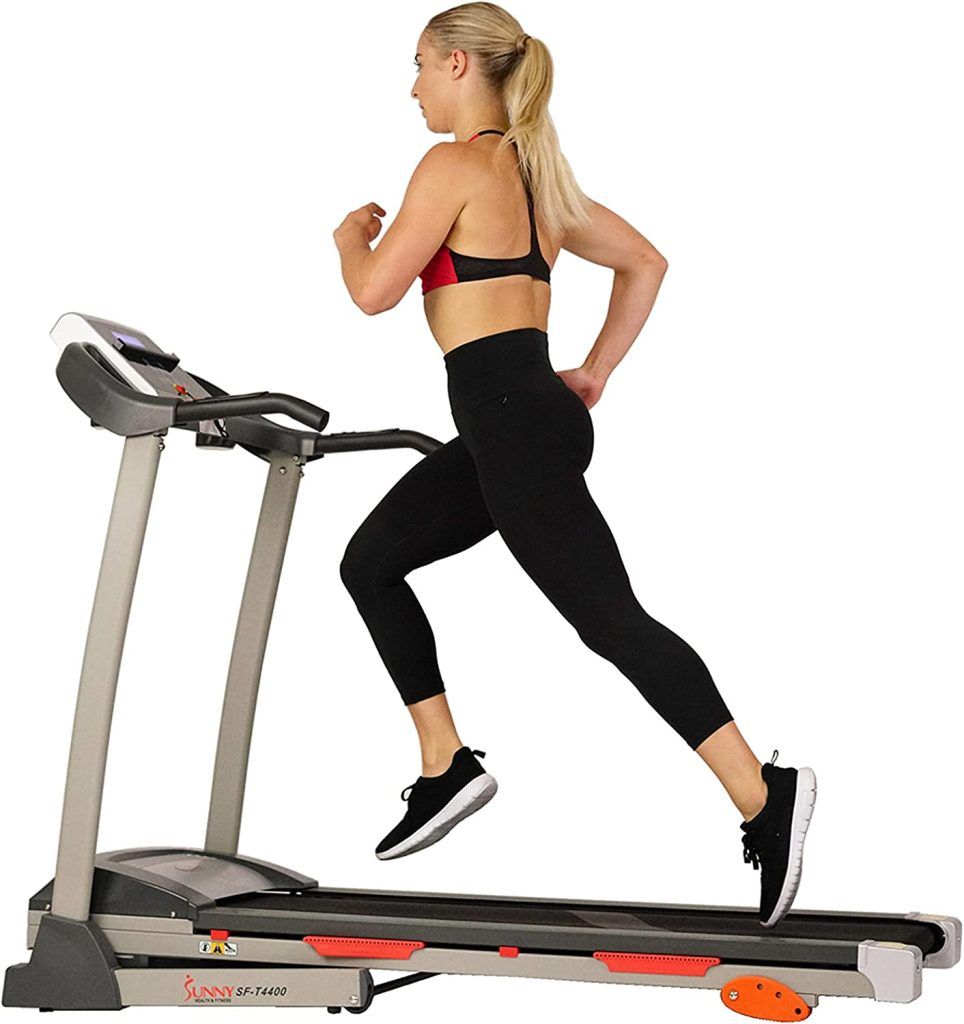
Sunny Health & Fitness Folding Incline Treadmill With Tablet And Device Holder
- 9 Built-in workout programs with large LCD displays time, distance, speed, calories burned and pulse.
- Handrail controls allow you to control speed, start and stop.
- Easy folding mechanism and soft drop system helps you unfold your treadmill safely and hands free.
- Designed for a max user weight of 220 lbs. with 49 L x 15.5W inches of running surface.

#9
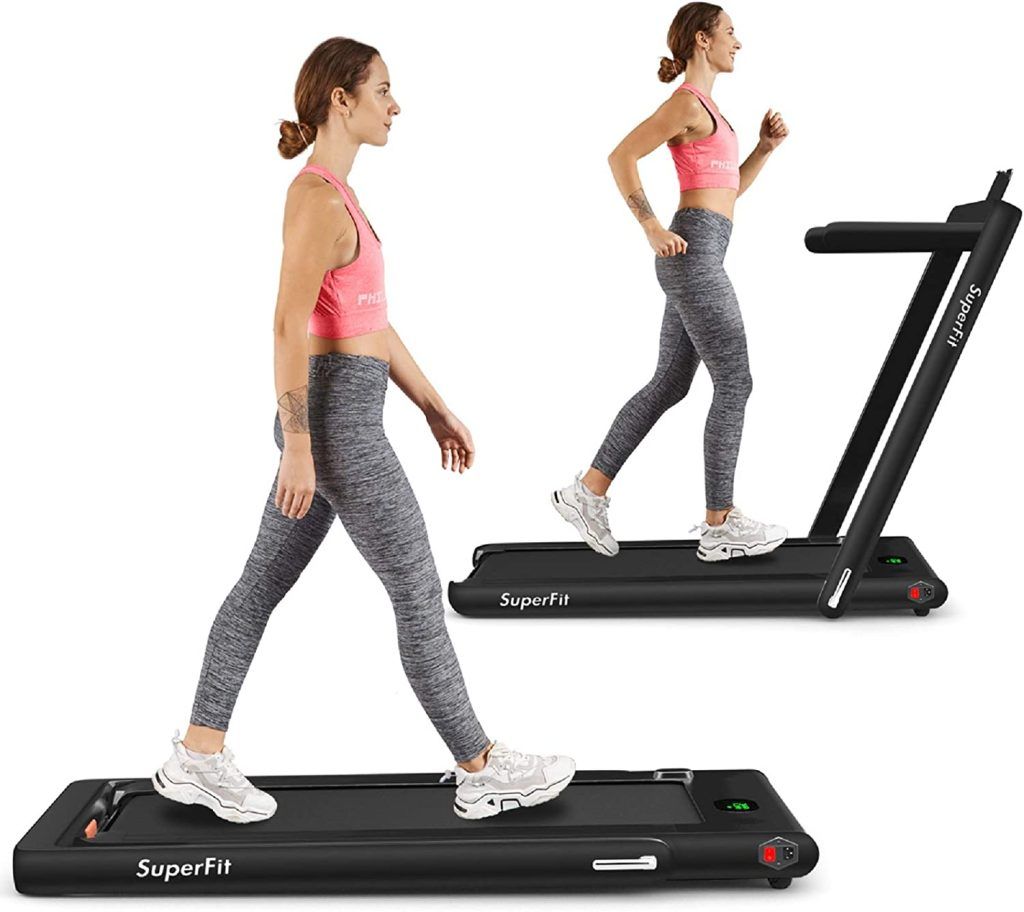
Goplus 2 in 1 Folding Treadmill, 2.25HP Superfit Under Desk Electric Treadmill
- Innovative 2-in-1 Folding Treadmill
- Compared to ordinary treadmills, our 2-in-1 Superfit treadmill has 2 modes to meet your different sports needs.
- Non-slip Running Belt & Multifunctional LED Display
- With Bluetooth Speaker, Phone Holder, Remote Control & App Control
- Easy To Move And Store

#10
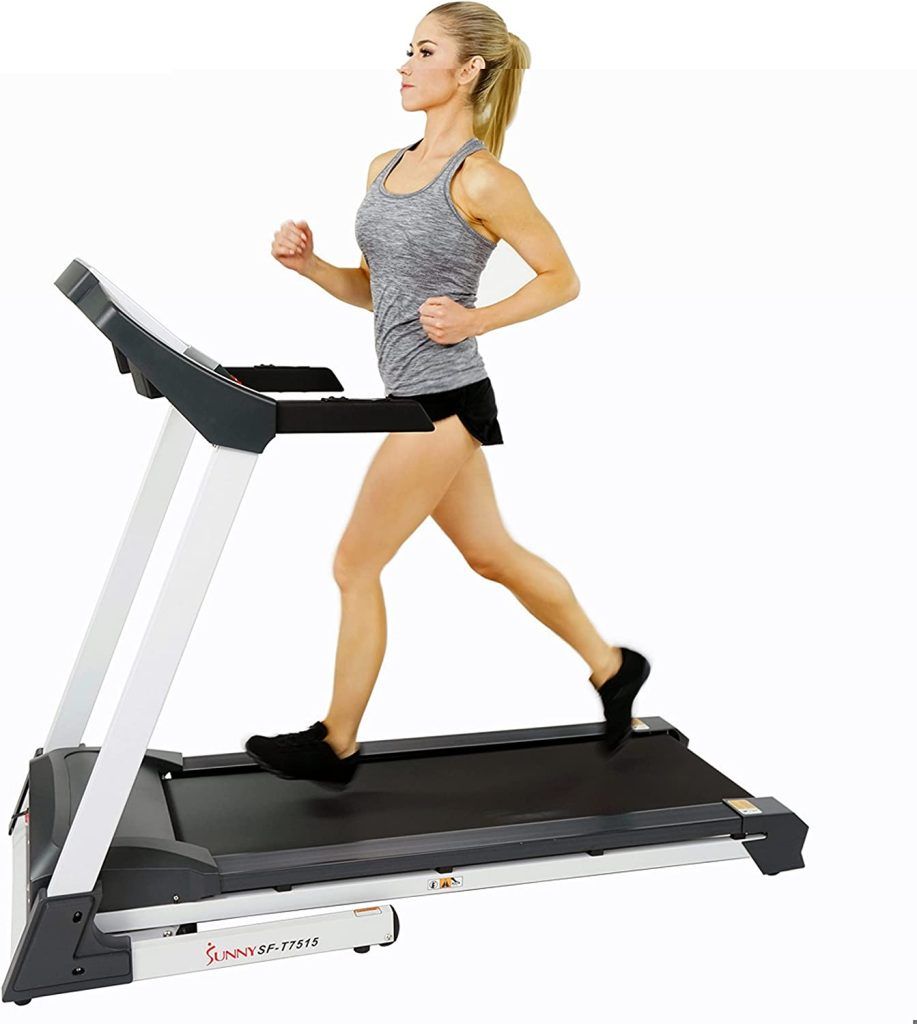
Sunny Health & Fitness SF-T7515 Smart Treadmill with Auto Incline, LCD and Pulse Monitor
- Quick Button Auto Incline
- 12 levels of incline: 0% to 12% incline
- 3 countdown modes: Time, Speed and Calories
- Speed Range: 1 – 8 miles per hour
- Integrated Body Mass Index Calculator – Reference Only
- Pulse grip heart rate monitoring
- Bluetooth wireless connectivity
- Easy folding for storage and transportation wheels allows for easy mobility

About Treadmill
The single easiest way to build fitness is to add walking or jogging as a consistent part of your workout routine. The treadmills on this list are all typically best suited for light home use—perfect for somebody building their home gym and planning to use it for walking or the occasional run when you can’t otherwise get outdoors. We’ve picked out a few of our favorite treadmill picks, and if you keep reading, you’ll find some things to look out for as you’re choosing your new treadmill.
How to choose the best Treadmill
Treadmills are the essential workout equipment that you’ve likely seen in some home gyms. The basics of treadmills are simple, A belt moves around a set of rollers, and you set its pace based on how fast you want to walk, jog or run. There are motorized and non-motorized treadmills, each one having its own benefits. We considered important features such as belt length, deck feel, stability, speed, incline, and connectivity.
Motorized means that a motor moves the belt forward based on how you control it, typically allowing for higher speeds, more functions, and less resistance since you don’t manually need to move the belt with your strides. In addition, motorized treadmills have different speed and incline settings so you can customize them into something just for you.
Non-motorized treadmills cost less and involve less gadgetry, appealing to anyone who wants to limit their technology involvement. To use one, you need to manually move it with your footing, which gives users a better workout because of the belt’s resistance. Someone with knee problems will likely want to stay away from a non-motorized treadmill because of the resistance required to move the belt manually.
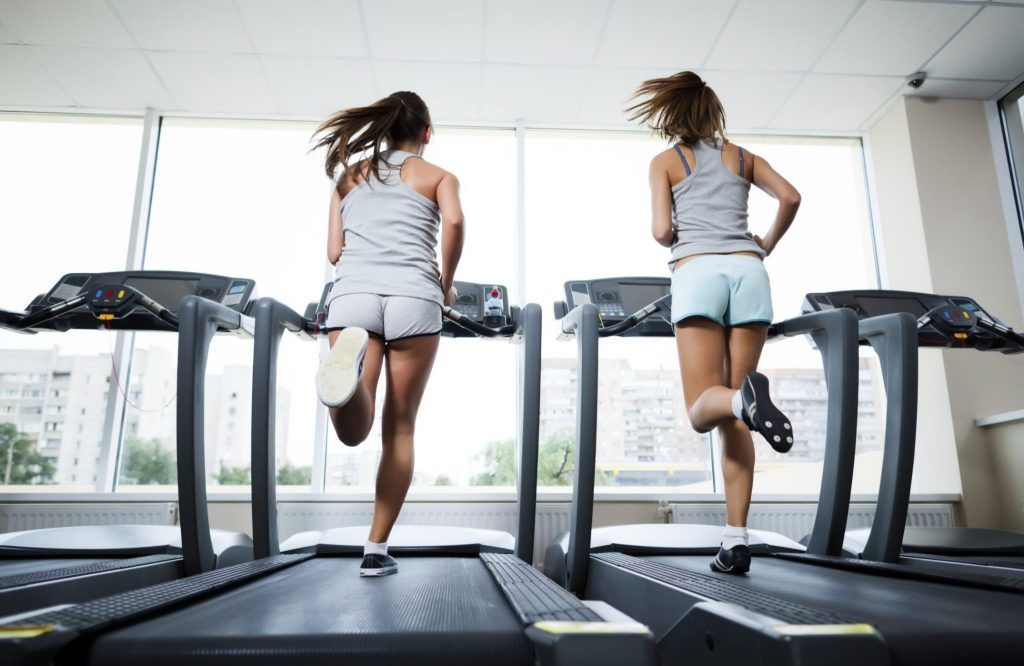
Most treadmill motors are measured in continuous horsepower, which is the power a motor can sustain over time. The more horsepower a motor has, the faster it is at switching speeds and inclines, at least in theory. Recommendations depend on how you’re going to use your treadmill.
For someone intending to mostly walk on their new treadmill, any motor that can perform 2.0 CHP or more should meet your qualifications. Joggers & Runners should look for a motor that runs at 2.5 CHP or higher, and then runners should aim for a treadmill that runs at 3.0 CHP or more.
Along with CHP, users should take a look at the weight capacity of their treadmill. Aim for a capacity that is at least 50 -60 pounds more than your own body weight. The higher the weight capacity, the less a user’s body movement will wear down the motor.
That’s when it’s helpful to have one of the latest home treadmills, which offer many workout programs and entertainment features to keep you motivated and moving. Plus, you can’t beat the convenience and safety of jumping on a good machine in your own basement or garage.
Trusting Our Top Pick
Exploring the numerous decisions for each shopper buy can challenge. Our group goes through hours doing research, sifting through discussions, and perusing shopper surveys on even the most fundamental of family things, and we sum up that data in clear, precise comparisons. Join the millions that have confided in guidebyexpert.com to assist them with pursuing more brilliant purchasing choices. We assist our perusers with spending their money wisely and find the right product to suit their specific needs.